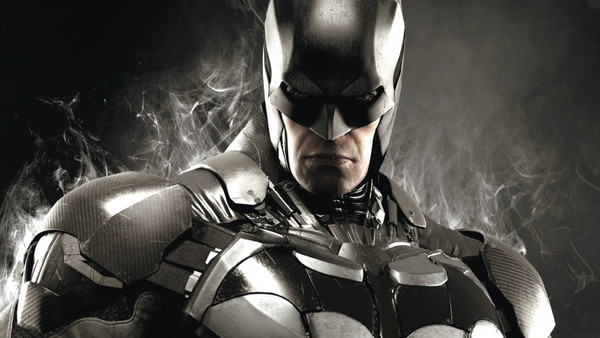Five Years Later: 10 Things You Learn Replaying Batman: Arkham Knight
How does Rocksteady's divisive Arkham threequel hold up now that it's half a decade old?

In today's culture, it's rare for a game to universally be expected to be excellent. High profile disappointments such as Watch Dogs and Anthem have created a culture where nearly every major game release brings with it some form of trepidation.
That didn't happen with Batman: Arkham Knight.
Having produced two of the best licensed games the medium had even seen with Batman: Arkham Asylum and Batman: Arkham City, gamers and critics alike were fully prepared for Rocksteady Studios to hit another home run with the finale to their Batman trilogy. The mystery surrounding the identity of the Arkham Knight, and the inclusion of a fully playable Batmobile meant anticipation was high.
Upon release however, the reaction was much more mixed. The Arkham Knight's identity was branded a predictable disappointment, and the Batmobile sections were widely derided for being dull and out of character for Batman. These issues, coupled with a disastrous PC port that was plagued with technical faults, resulted in a much more mixed reaction than the previous two games.
These ten observations come having replayed the game nearly five years later, removed from the euphoria surrounding the its original release, which revealed certain elements of the game which may have been overlooked or under-appreciated upon release.
10. The Game's Opening Is Fantastic

Rocksteady had the unenviable task of reintroducing players to a Gotham which had been rocked to its core following the events of 2011's Batman: Arkham City, in which the Joker was killed and a great portion of Gotham's criminal underbelly had been wiped out by Protocol 10.
Unlike previous games, which often threw the player directly into the shoes of Batman, Arkham Knight takes a slow-burn approach. The cremation of Joker's body with Frank Sinatra's I've Got You Under my Skin blaring subverts expectations, and was a clear departure from the beginning of previous games. The surprising jump-scare and mass panic in the diner, followed by the ominous introduction of Scarecrow, immediately establishes him as a looming threat across the city, and showcases this Scarecrow as a changed man from the Asylum.
The swelling score, coupled with the sense of vastness as the camera pans across Gotham, makes the unveiling of Gotham City and the rush of finally controlling Batman feel better than ever.